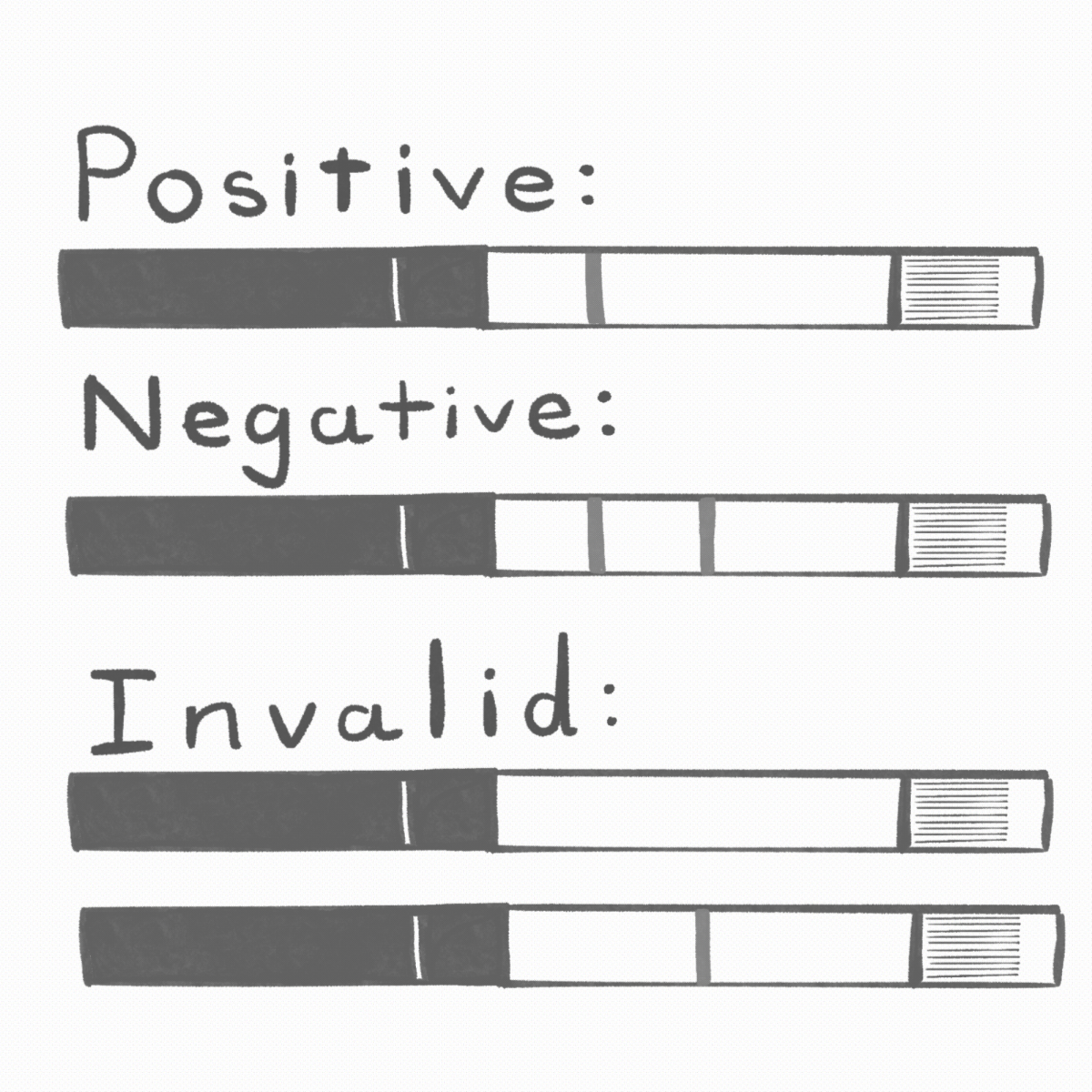PCSK9 inhibitor is the new molecule in town. Why should anyone want to remember PCSK9, much less an inhibitor of PCSK9? The answer begins with cardiovascular disease and statins.
One out of three Americans die of cardiovascular disease. A major contributor to these deaths is the accumulation of lipids in coronary blood vessels. Central to this accumulation is the presence of cholesterol. The medical paradigm is by lowering cholesterol in the blood, there will be less accumulation of lipids along key blood vessels and said lowering leads to a decreased incidence of cardiovascular disease. For more than 20 years, the principal medicine used to lower the production of cholesterol in the body was some form of a statin.
In 1971, the Japanese biochemist Akira Endo discovered that the fungus Penicillium could interfere with the cholesterol synthesis molecule HMG-CoA reductase. With additional research, several forms of statins were developed: atorvastatin (Lipitor), lovastatin (Mevacor), rosuvastatin (Crestor) and simvastatin (Zocor). Today, more than 20 million Americans take daily an oral dose of one of the statins (about ten percent of the adult population). It is estimated that 56 million Americans over the age of 40 would benefit from the interruption of their cholesterol synthesis. In the first decade of this century, nearly 20 billion dollars a year were spent on statins in the United States.
Fast forward 30 years. Nabil Seidah in Canada, Catherine Boileau in France and Helen Hobbs and Jonathan Cohen at UT-Southwestern in Texas had research that all came together involving ultimately a molecule known as Proprotein convertase subtilisin/kexin type 9, or more simply, PCSK9. Now things get interesting.
The earth is a water-based planet. Human body chemistry is water-based; yet, we have lipids. Lipids require special transport within the watery environment of the body. Lipoproteins accomplish this task. One of the five major categories of lipoproteins is LDL (low-density lipoprotein). LDL can combine with cholesterol, triglycerides, fats and phospholipids. The LDL-cholesterol transport system can do something undesirable; it can glob fats onto artery walls over time leading to atherosclerosis. This possible action leads to the term “bad cholesterol.”
Fortunately, the hepatocytes of the liver have LDL receptor proteins that can pull the LDL-cholesterol particles out of the body fluids and reduce the levels. Unfortunately, some people have a gene mutation known as hypercholesterolemia where the LDL receptor is compromised. The LDL-cholesterol levels go up and coronary arteries become blocked, and heart attacks at age 40 can result. Hidden inside this bad-cholesterol story is PCSK9. PCSK9 can bind to LDL receptors. If too much PCSK9 is made and too few LDL receptors work, too much LDL-cholesterol accumulates. This sad story is what pharmaceutical opportunities are made of.
How can PCSK9 be blocked? The gene for it has been found on human chromosome one. The gene could be silenced, but that is tricky stuff to do. Or the protein itself could be tied up. Why not make an antibody to it? Enter PCSK9 inhibitor.
Pfizer Pharmaceutical developed a candidate known as bococizumab. However, after spending a couple of billion dollars on research and development, they pulled the drug from further development in November 2016 because over time antidrug antibodies developed. Regeneron Pharmaceutical of New York and Sanofi of Paris developed a monoclonal candidate called alirocumab (brand name Praluent). This drug does not have the antidrug antibody problem and was approved by the FDA in July 2015 for hypercholesterolemia use. A second drug known as evolocumab (brand name Repatha) developed by Amgen of California was approved by the FDA in the same month for the same purpose (hypercholesterolemia). There is a vital piece of information not yet mentioned. Whereas a statin is taken as a daily oral pill, a PCSK9 inhibitor is taken as an injection every two weeks.
Now is the time for the prelaw types and the business majors to perk up. Neither Praluent or Repatha are currently authorized as general replacements for statins. The large population clinical tests (level three) are still ongoing. Last year two key patents were approved for Repatha, and Praluent was found infringing on those patents. In January, an injunction was granted to Repatha for Praluent to be removed from the market. Praluent has stayed the injunction for appeal. Why the fuss? Money.
A month’s supply of generic Lipitor (statin) is about $36.00. A month’s supply of Repatha (PCSK9 inhibitor) is about $1,200. Even when Lipitor was still under patent protection, the monthly cost was less than $300. What is an insurance company to do? Assume that the annual cost for a PCSK9 inhibitor is $14,000 and 20 million people use the product. The cash flow is well over $200 billion a year. One estimate is that the cost of a PCSK9 inhibitor to the healthcare system of the United States is potentially five percent of ALL healthcare costs per year. Well, pardner, there is a new molecule in town.
Oh, by the way, have you heard of inclisiran? It uses RNA interference technology to inhibit the synthesis of PCSK9. It is in clinical stage two trials and it goes right at the DNA with an injection every six months. Eat your vegetables and skip the chips and pizza.





